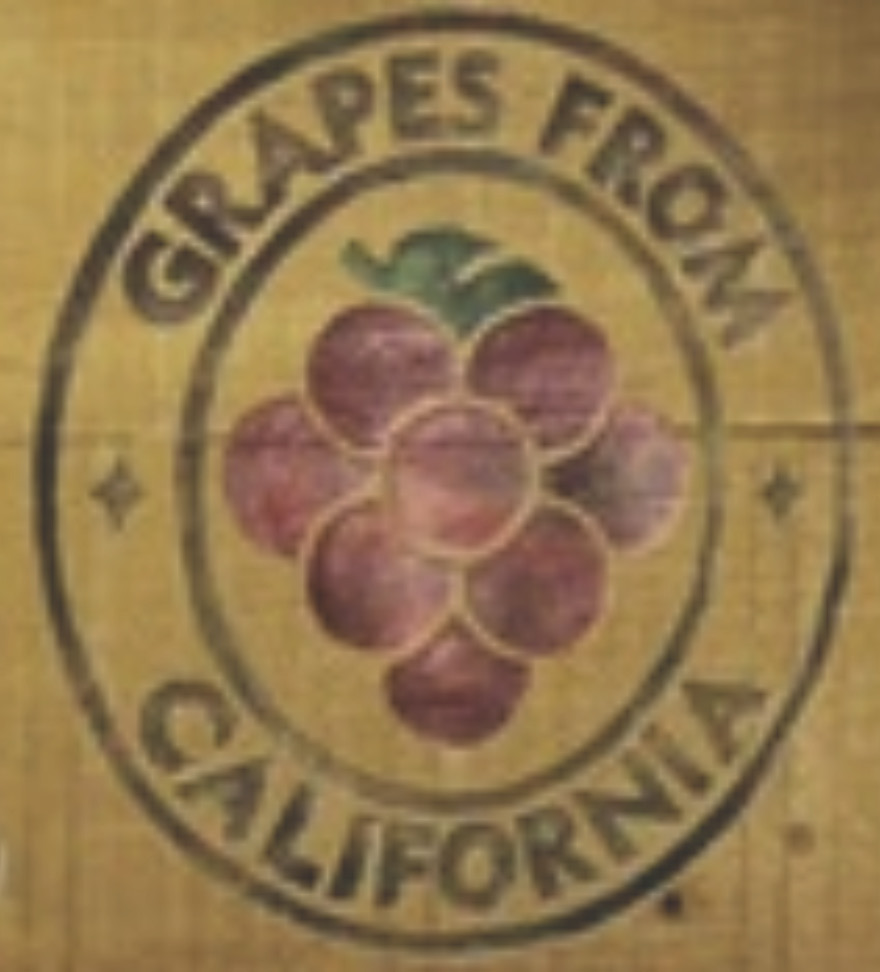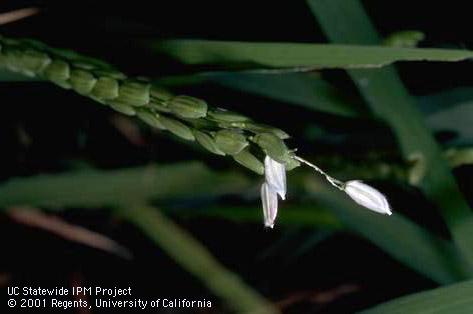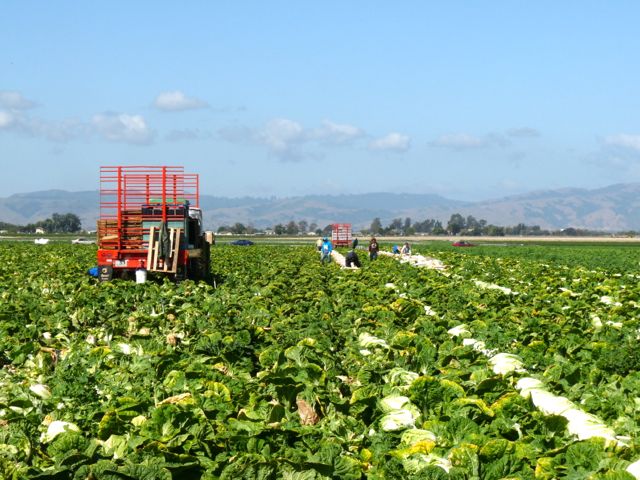Table Grape Ads Feature Growers
California Table Grape Ads Feature Growers
By Charmayne Hefley, Associate Editor
In an effort to shed a more positive light on agriculture and the growers who cultivate the food we eat, some advertising campaigns are focusing on bringing growers to the forefront. Kathleen Nave, president of the California Table Grape Commission, said this is exactly what the Commission’s campaign has been doing, and it has been receiving positive feedback. “The heart of the global campaign the Commission is fielding,” Nave said, “is very much about California table grapes and the heritage that growers bring to the table—the years of understanding the art and the science that go into growing table grapes.”
The California Table Grape Commission has generated commercials that focus on the family aspect of California’s grape growers and can be seen on Food Network television. “The heart of the campaign of table grape ads,” said Nave, “is basically branding California and the growers of California table grapes. We’ve portrayed our brand this way, in this particular campaign, for about eight years, and it really resonates. A National Consumer research study of the four advertising commercials we are currently fielding on the Food Network revealed very high marks.”
Nave explained the commercials help to create trust between consumers and growers by showing consumers the faces behind their food. “The two commercials that feature growers’ families interacting with one another, one set in a vineyard and another at home, resonated the highest with consumers,” Nave said. “Consumers have a huge amount of trust for growers. There is a hunger among consumers—not only in the U.S., but in other parts of the world as well—to understand who is growing the food they bring home to their own families. So showing consumers a California table grape ad that features the grower, the grower’s family, and their vineyard, really resonates. So the campaign is working well. I think it’s a campaign that we will be continuing.”
_____________________________
Links:
California Table Grape Commission















 “This trial and research actually monitors the amount of water and nitrogen we’re using and how much yield we’re getting under various best management scenarios,” Biscaro said, “and compares our practices to what the grower usually does.” Ultimately, the trial will help determine the yield of a celery field using best management practices, and how much water and nitrogen are required to achieve that yield.
“This trial and research actually monitors the amount of water and nitrogen we’re using and how much yield we’re getting under various best management scenarios,” Biscaro said, “and compares our practices to what the grower usually does.” Ultimately, the trial will help determine the yield of a celery field using best management practices, and how much water and nitrogen are required to achieve that yield.

